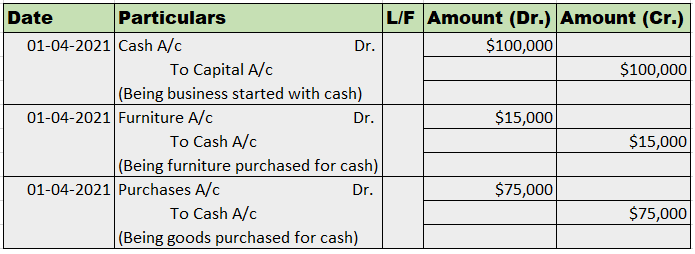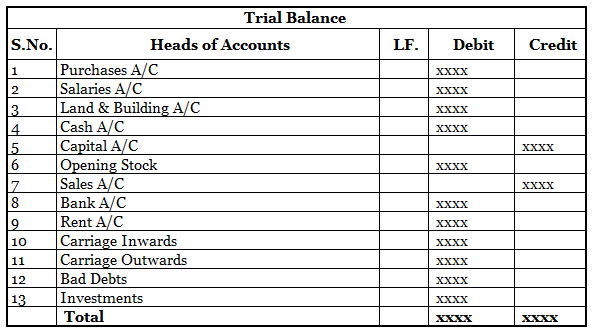The term ‘bad debt’ and ‘write off’ are often used together in a sentence but they have different meanings. First, we will discuss them in brief to understand the differences between them. Bad debts We know, debtors for a business are their assets because the business has the right to receive moneyRead more
The term ‘bad debt’ and ‘write off’ are often used together in a sentence but they have different meanings. First, we will discuss them in brief to understand the differences between them.
Bad debts
We know, debtors for a business are their assets because the business has the right to receive money from the debtors due to the goods supplied to them.
But if due to circumstances, there appears no probability that the amount due to one or more debtors will be realised to the business, then such debts are categorised as bad debts.
In short, bad debts refer to the amount of money that will not be received from some debtors of the business due to some circumstances like insolvency of debtor etc.
Bad debt is deducted from debtors account by the following journal entry:
| Bad debts A/c | Dr. | Amt |
| To Debtors A/c | Cr. | Amt |
| (Being bad debts written off from debtors) |
As bad debts are losses to a business, it is ultimately written off from the profit and loss account.
| Profit and loss A/c | Dr. | Amt |
| To Bad debts A/c | Cr. | Amt |
| (Being bad debts written off to profit and loss account) |
Write off
In layman terms, write off means to deduct something out from something. In accounting, write off means to deduct or reduce value of assets by crediting it to a liability account which is usually a reserve account or the profit and loss account.
It also refers to the elimination of an item from the books of accounts particularly losses and expenses.
Generally, writing off is associated with the following:
- Bad debts.
- Damaged Inventories.
- Loss on issue or redemption of debentures.
- Preliminary expenses.
- Bad loans and advances.
Write off can be done in one of the following methods:
- Direct write-off: The write off is directly done by crediting asset account or loss account and debiting the reserve or P/L account.
- Indirect write-off: Here, an intermediate account is involved between the asset account and liabilities account. A common example is writing off of bad debts where the bad debts account is the intermediate account.
Hence, the following differences can be observed between bad debts and write off or writing off:












In accounting, sales returns are the goods returned by the customer to the seller. This can be due to goods delivered is damaged or defective. A return can also be due to late delivery, or the wrong items being sent to the buyer. Sales return is a subsidiary book in which all the details are recordeRead more
In accounting, sales returns are the goods returned by the customer to the seller. This can be due to goods delivered is damaged or defective. A return can also be due to late delivery, or the wrong items being sent to the buyer.
Sales return is a subsidiary book in which all the details are recorded for the goods returned which were sold on credit. It is also known as return inwards.
Accounting for Sales Return
Whenever there is a sale return, the seller will debit the sales return account and credit the debtor’s account. The total amount of sales returns is deducted from the gross sales for the period giving the figure for net sales. Debtor’s account is credited because the amount receivable from debtors will reduce.
The sales return is a contra account to the sales.
Format of sales return book:
In the above format, a credit note is a statement prepared by the seller and sent to the buyer. In this statement, all the details are mentioned in respect of the goods sent by the buyer and are an indication that the buyer’s account is credited in respect of the goods received.
For example, Mr. A sold goods to Mr. B costing Rs 50,000 on 1 December. On 5 December, goods amounting to Rs 15,000 were found defective and were returned immediately to Mr. A.
Mr. A will account for this in the following way:
See less